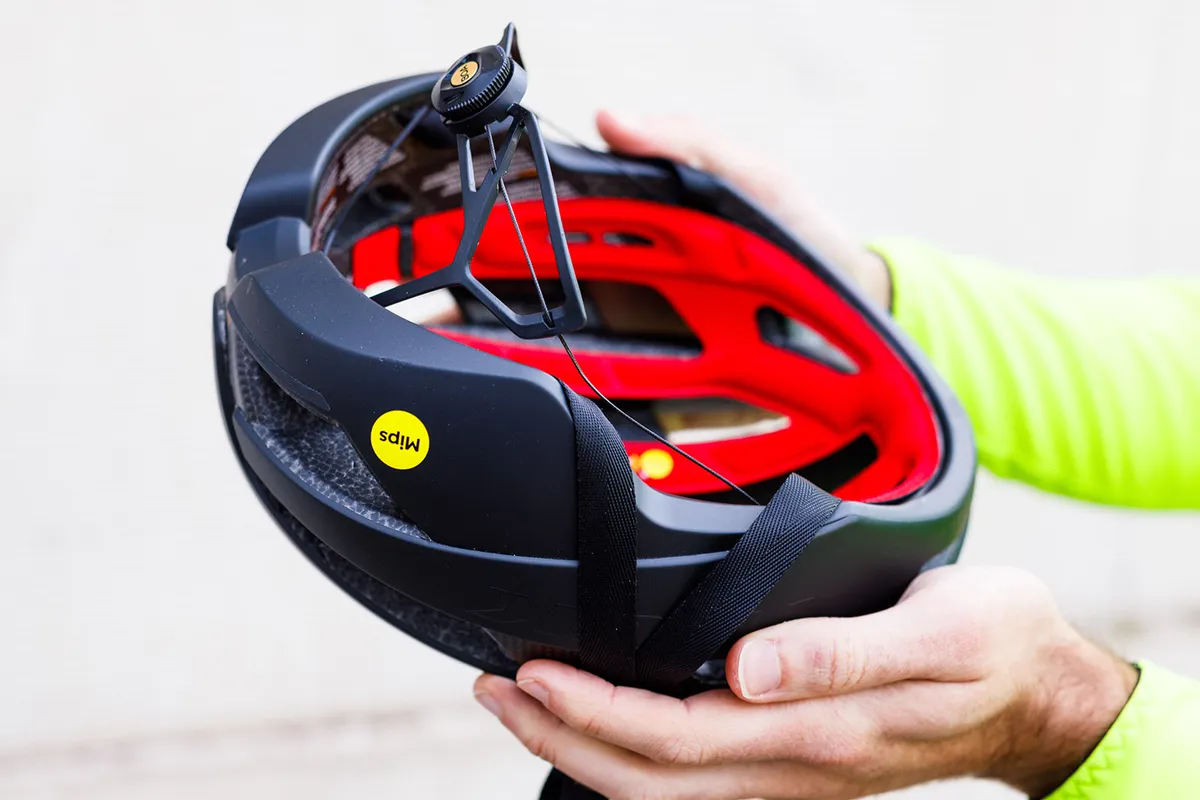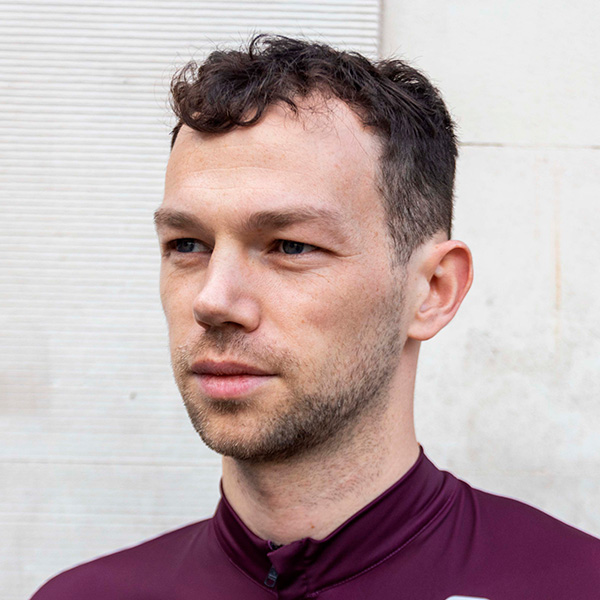A new helmet technology called RLS (Release Layer System) is said to reduce the risk of concussion by four times, on average, compared with conventional helmets.
With roughly 55 million cases of Traumatic Brain Injury (TBI) reported globally each year, RLS says “it’s never been more important to develop a solution that reduces TBI”.
RLS is intended to provide that solution through panels on the exterior of a helmet that “roll and release” on impact.

The panels are connected to a lightweight polycarbonate bearing layer, which ‘activates’ when a significant impact force has been detected. This redirects rotational energy away from the brain.
The bearings are free to roll in any direction to enable the RLS panels to release, which is said to redirect concussive forces away from the brain.
Discovered by accident

RLS, based in East London, claims its technology was discovered “almost by accident” by its founder and CEO Jamie Cook.
Cook was the co-founder of HEXR, a 3D-printed custom helmet company. He noticed the outer shells of his colleagues' 3D-printed helmets were released in an accident, and this action was found to reduce rotational forces and therefore the risk of concussion.
“Jamie and his research team began exploring the most efficient ways of releasing panels which led to the use of small lightweight bearings between the shells,” says RLS.
Sounds familiar?

If this all sounds familiar, that’s probably because RLS protects against the same kind of impacts as MIPS.
Short for ‘Multi-directional Impact Protection’, MIPS is also a helmet ‘ingredient’ technology, which protects against rotational impacts. The small yellow dot marking that a helmet has the technology has become commonplace across the best road bike helmets, mountain bike helmets and even budget helmets.
Many of the safest cycling helmets tested by the HEAD Lab at Imperial College London include MIPS, but RLS aims to distinguish itself from technologies such as MIPS.
“Some technologies, such as MIPS, aim to mitigate these rotational forces by allowing the helmet to rotate independently from the skull. These technologies, which are generally located on the inside of the helmet, offer a limited range of motion during the critical milliseconds of an impact,” says RLS.
“RLS addresses rotational motion through the free-release of panels located on the outside of the helmet,” it adds.
How safe is RLS?

Independent testing by the biomechanics research centre ICUBE at the University of Strasbourg reveals that RLS could play a part in reducing TBI.
ICUBE found that helmets with RLS reduced the peak rotational velocity by an average of 56–66 per cent across different impact locations, compared to helmets without the technology.
“This corresponds to a 68–84 per cent reduction in the probability of brain injury as estimated by the Abbreviated Injury Scale – Level 2,” says RLS.
Where can we expect to see RLS?
The first helmet you’ll be able to buy with RLS will be the Canyon Deflectr Trail Helmet, due for release this autumn.
Canyon has been working closely with RLS to build the technology into its forthcoming helmet. RLS says that as a result of the technology, the Deflectr Trail Helmet is already number one on the Virginia Tech helmet safety ratings, as of September 23.
Cook says: “RLS is first and foremost designed to protect what makes you, you. Your memories, your personality, your loves and hates are all in the most fascinating part of the body – the brain – and RLS has been developed to protect what matters most.
“We are incredibly excited to launch this technology today, especially with our launch partners at Canyon as we share a passion for safety and disruption technology.”
RLS says it will reveal further brands and partners that will incorporate the technology over the coming months.





